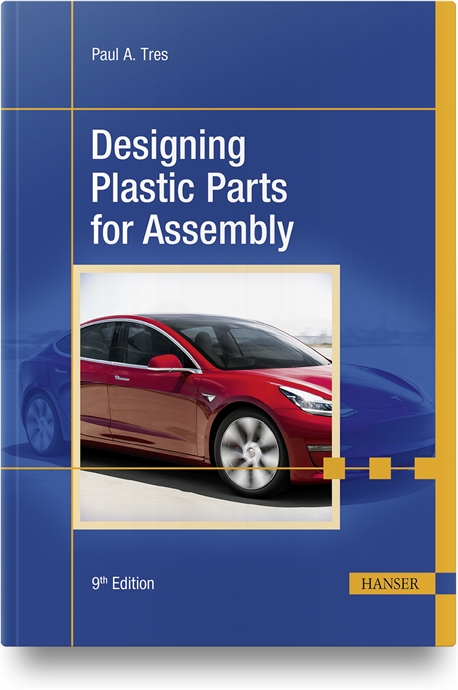
The company’s selective catalytic reduction (SCR) system converts nitrogen oxide into harmless nitrogen and water using an ammonia-based solution injected into the exhaust system. The heart of the system is a ceramic brick coated with sodium, platinum and other chemicals that react with diesel exhaust. Not only does the technology reduce nitrogen oxide emissions by up to 95 percent, but it also improves fuel economy.
“The product is basically a small chemical processing plant,” says Dennis Berry, president and CEO of Eberspaecher. “The exhaust runs through multiple filters that scrub the soot and cut down the [nitrogen oxide].”
Existing vehicles won’t have to be retrofit with SCR systems, but every truck produced after Jan. 1, 2010, must be equipped with one. What’s more, beginning in 2014, diesel-powered agricultural and construction equipment will need SCR systems, too. “Today, we’re primarily an automotive supplier, but within the next three years, we expect our commercial-vehicle operations to account for 50 percent or more of our North American business,” predicts Berry.
If Eberspaecher were to meet that goal, it was going to need additional manufacturing capacity. So it decided to build the Wixom facility and renovate Brighton. Between the two, the company spent more than $50 million on new equipment and tools.
All totaled, the two plants employ approximately 175 people. “As we ramp up over the next couple of years, we could double that,” says Berry.
Until this year, the Brighton plant manufactured catalytic converters, mufflers and exhaust pipes for General Motors, Chrysler and Mercedes. When the Wixom facility opened, the work for GM and Chrysler moved there, while the work for Mercedes shifted to Eberspaecher’s facility in Tuscaloosa, AL. That opened up 120,000 square feet of floor space in Brighton to assemble SCR systems.
In addition to automotive exhaust systems, the Wixom plant produces “cans” for the SCR systems. Sheet steel is roll-formed and laser-welded to produce a hermetically sealed housing for the ceramic brick. The cans can be quite big-the largest weighs more than 400 pounds and is about the size of a semitractor’s gas tank.
From Wixom, the cans go to Brighton for final assembly. The plant has four new automated assembly lines employing 98 robots for MIG welding and material handling.
“We looked at several states on the East Coast and the Midwest when we were planning this project,” says Berry. “Two things kept us in Michigan. One was the support we got from the state of Michigan. The other was the skill level of the folks here in Michigan. [SCR systems are] a new product for us, a very complicated product, and we didn’t want the additional variable of training a new workforce. We have a great group of people here.”
Editor’s note: With all the news of bailouts, layoffs and plant closings, it’s all too easy to think every manufacturer is stuck in the doldrums. In fact, there’s plenty of good news in manufacturing-if you take the time to look. “Moving Forward” is dedicated to new or expanding assembly plants. If you know a facility that’s opening, growing, investing in new equipment, or simply going great guns while everyone else is treading water, we’d like to hear about it. Send an e-mail to John Sprovieri, editor of ASSEMBLY, at sprovierij@bnpmedia.com, or call 630-694-4012.



